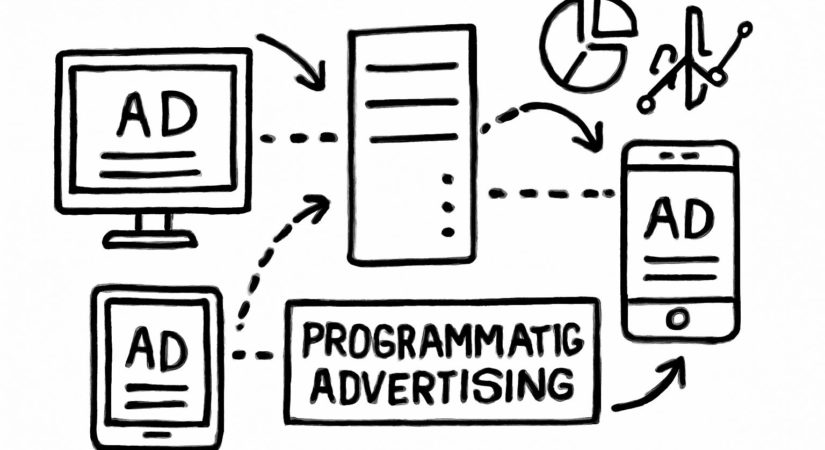Pinterest has appointed Chip Jessopp, formerly Amazon’s director of global accounts and North America ad tech sales, as its first head of programmatic. Joining the company on May 27, Jessopp will report to Chief Revenue Officer Bill Watkins and lead efforts to expand Pinterest’s programmatic advertising business.
Jessopp brings seven years of experience at Amazon, where he built sales teams, negotiated commercial deals, and helped grow the ad tech business. Watkins highlighted Jessopp’s expertise in innovation, technology, and programmatic strategies as key to driving growth across advertising funnels.
To support this initiative, Jessopp plans to recruit three senior leaders in product and sales. The primary goal is to increase the number of advertisers purchasing through programmatic channels. Pinterest aims to leverage programmatic ad tech intermediaries to unlock new revenue streams while maintaining its brand-safe platform and user experience.
Jessopp emphasized a thoughtful approach, ensuring programmatic efforts enhance Pinterest’s core values. Over the next year, the company intends to integrate programmatic offerings with its direct sales to give advertisers flexible engagement options.
Partnerships will play a key role, exemplified by Pinterest’s recent collaboration with ad tech sales firm Magnite, overseen by Jessopp. The company plans to continue exploring similar alliances to strengthen its programmatic presence.
Industry observers see this move as a strategic shift from building to partnering and scaling within the programmatic ecosystem. Chris Matheson, media director at Markacy, noted that integrating with established programmatic players aligns with Pinterest’s growth objectives.
Pinterest is currently experiencing growth, reporting $865 million in revenue for Q1. CEO Bill Ready attributes this to attracting a wider array of advertisers, especially those focused on performance marketing.
Watkins outlined four benefits of enhanced programmatic capabilities: improved cost efficiency and campaign performance, better targeting and audience reach, increased transparency, and greater control for small and medium-sized businesses (SMBs). The aim is to save time and resources while broadening advertising opportunities.
“The benefit for SMBs will be clear,” Watkins said.
